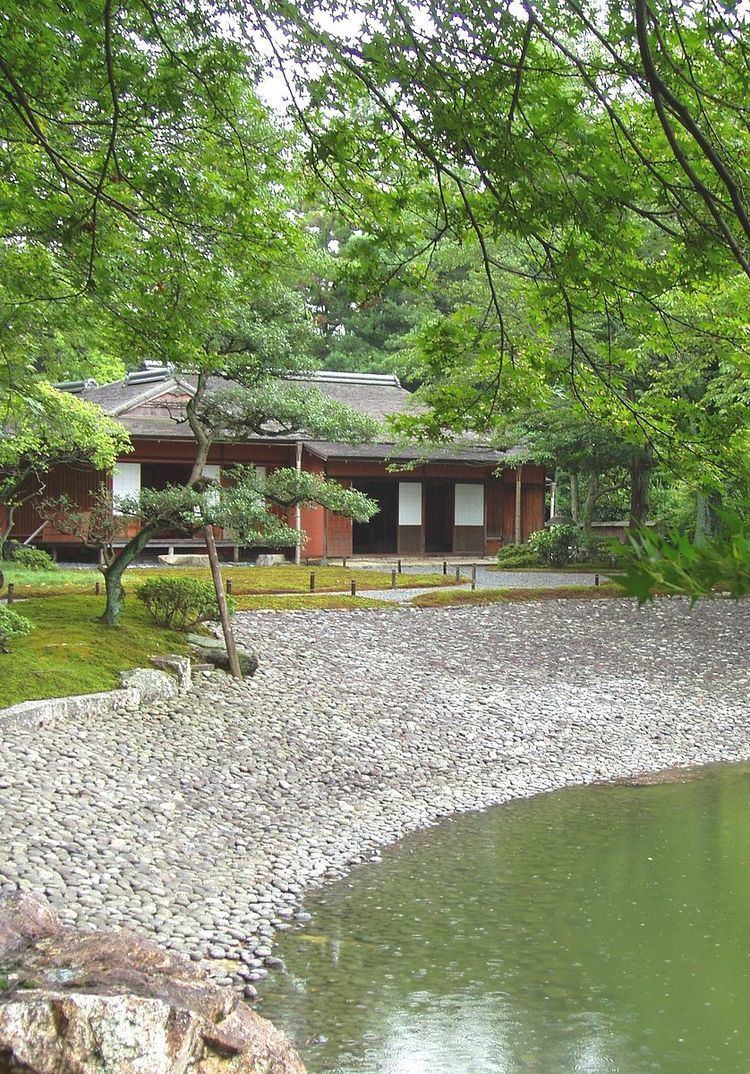Phone +81 75-211-1215 | ||
 | ||
Address Japan, 〒602-0881 Kyoto Prefecture, Kyoto, 上京区京都御苑3 Similar Shugakuin Imperial Villa, Ōmiya Palace, Katsura Imperial Villa, Kyoto Imperial Palace, Nijō Castle | ||
The Sentō Imperial Palace (仙洞御所, Sentō-gosho) 22 acres (89,000 m2)) is a large garden in Kyoto, Japan, formerly the grounds of a palace for retired emperors. It is administered by the Imperial Household Agency and may be visited by appointment.
Contents
History
Sento Imperial Palace was completed in 1630 for Emperor Go-Mizunoo's retirement, along with the corresponding Ōmiya Palace for the Empress Dowager Nyoin. Both palaces were repeatedly destroyed by fire and reconstructed until a blaze in 1854, after which the Sento palace was never rebuilt. (Ōmiya Palace was, however, reconstructed in 1867 and is still used by the emperor whenever he visits Kyoto). Today only two Sento structures, the Seika-tei and Yushin-tei teahouses, remain. The excellent gardens, laid out in 1630 by renowned artist Kobori Masakazu (Kobori Enshu), are now its main attractions.
Layout
The palace grounds are located within the southeast corner of the Kyoto Imperial Palace, and entered via a stately wooden gate within its surrounding earthen wall. A carriage house with graceful triple gables sits just within, but still outside the garden's unadorned inner wall, whose gate leads directly to a fine view opening westward across the garden pond.
The garden's primary feature is a large pond with islands and walkways, whose north and south segments were linked by a short canal in 1747. The north pond was extended and reworked from 1684-1688; the south pond is notable for its expansive "ocean shore" of rounded stones and cherry trees, an edging of mixed natural and hewn stones, and a separate, understated embankment of squared stones. The ponds contain a variety of highly picturesque islands and six bridges in a varied styles, including one with an impressive wisteria trellis (built 1895).
Two teahouses complete the garden: Seika-tei, single-roofed and spare, at the southern end of the south pond; and Yushin-tei, thatched and rustic with a notable round window, at the western side of the north pond.
